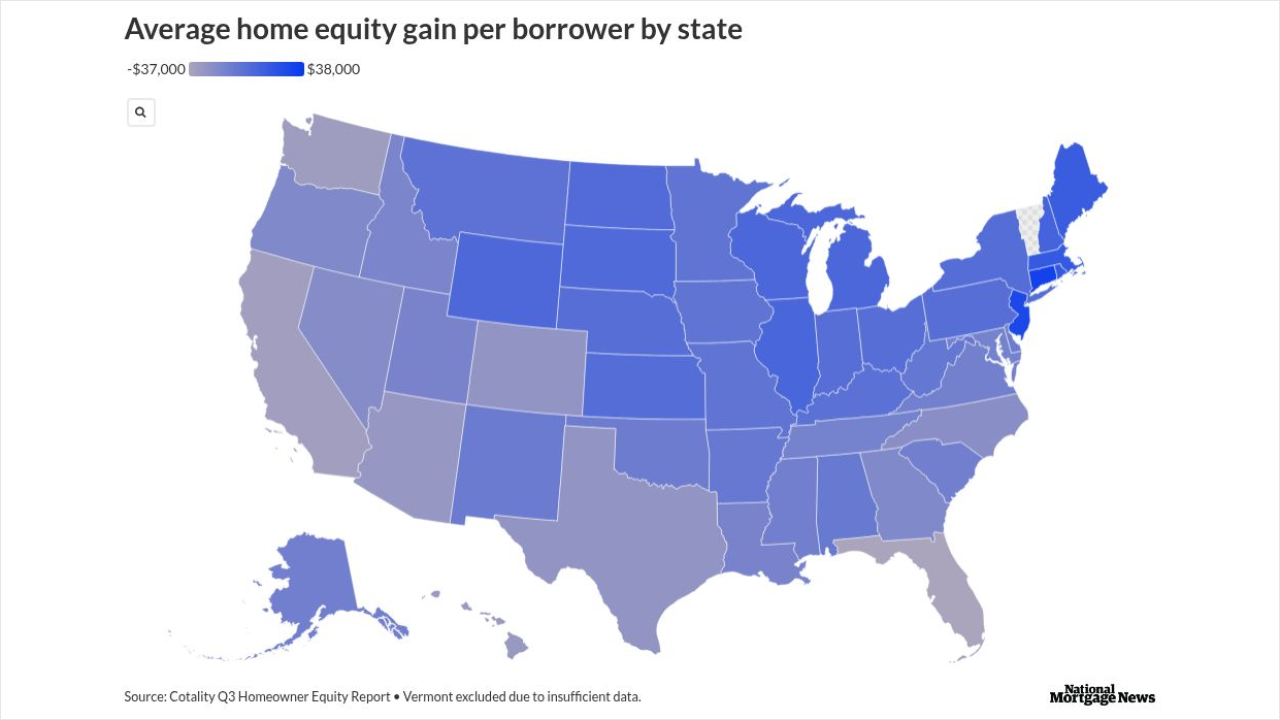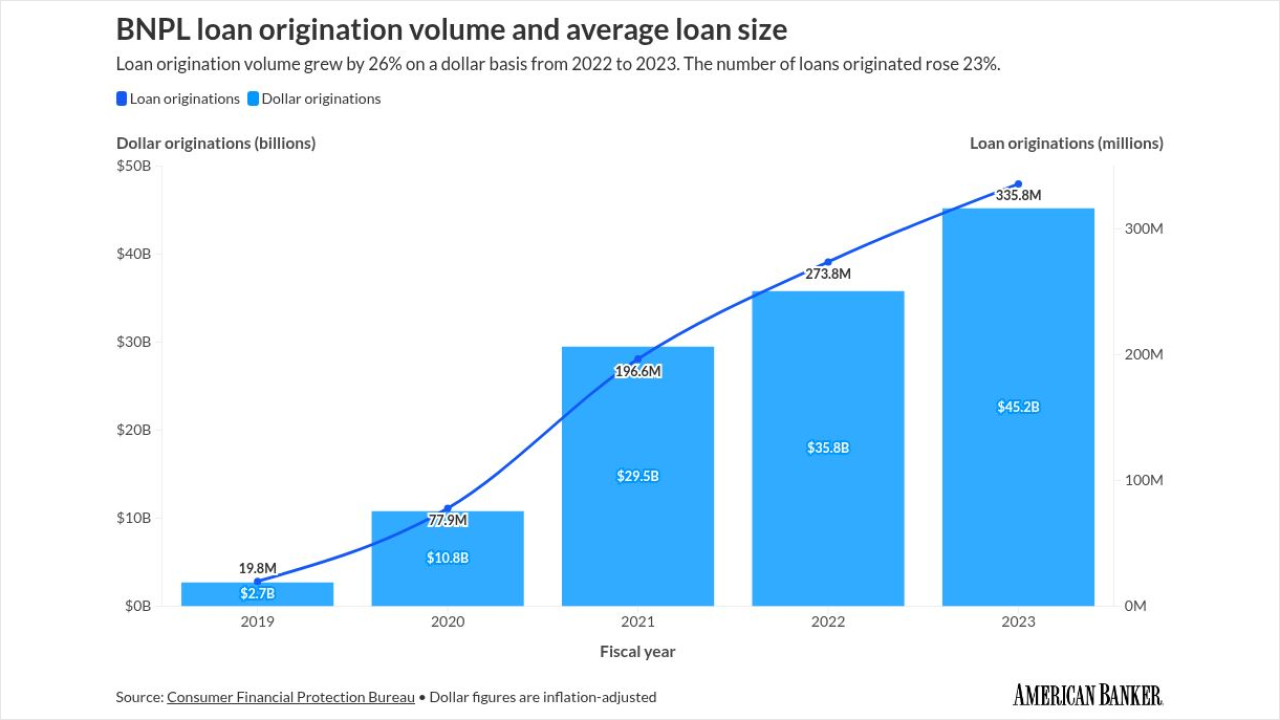The New York State Electric & Gas Corp. is preparing to issue $710.6 million in its first utility cost recovery bond securitization, issuing the bonds through the NYSEG Storm Funding, series 2025-A.
The issuer can impose, bill, charge and collect recovery charges on all existing and future electric transmission customers. Called the recovery property, this is the revenue stream that will repay noteholders.
NYSEG can bill customers in its coverage area, which includes the cities of Binghamton, Elmira, Auburn, Geneva, Ithaca and Lockport, according to Moody's Ratings. This geographical area gives the deal 920,000 electric customer accounts as a ratepayer revenue base.
The deal will issue three tranches of class A notes. Classes A1, A2 and A3 have legal final maturity dates of May 1 in 2031, 2034 and 2037, respectively. Moody's assigns Aaa to all three classes of notes.
J.P. Morgan Securities,
New York Governor Kathy Hochul signed legislation, in August 2024, essentially allowing utilities to use securitization to finance charges—particularly those incurred restoring service and infrastructure after storm-related damages. Known as a Financing Order, it is the main mechanism preserving cash flow to the deal.
Other credit enhancements include a true-up mechanism that allows NYSEG to raise the level of the charges. Also, the servicer's financial strength are all key credit strengths ensuring the notes' timely repayment, Moody's said.
As of the deals cutoff date, June 30, 2024, residential customers made up 70.1% of NYSEG's sales revenue, while commercial and industrial customers account for the other 30% of sales, according to Moody's.
The different customer classes were more evenly distributed by electric consumption, however. Residential customers account for 45.9% of usage, while commercial and industrial customers account for 37.6% and 16.4%, respectively. This is also a relatively high exposure to non-residential customers and counts as a potential credit negative, because those two categories are closely tied to the business cycle.






